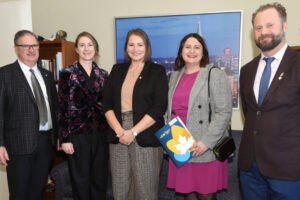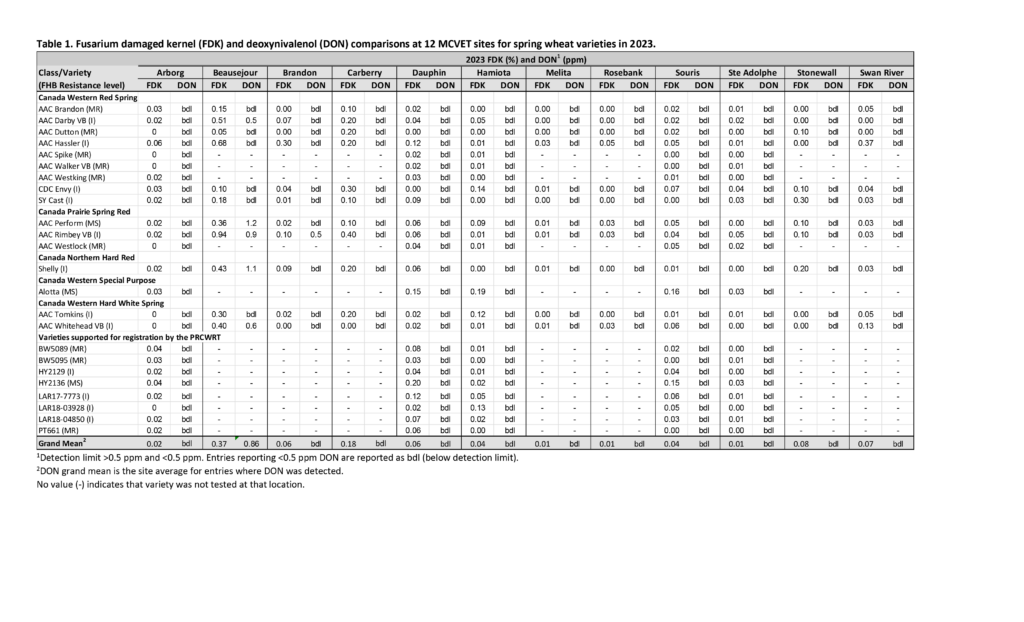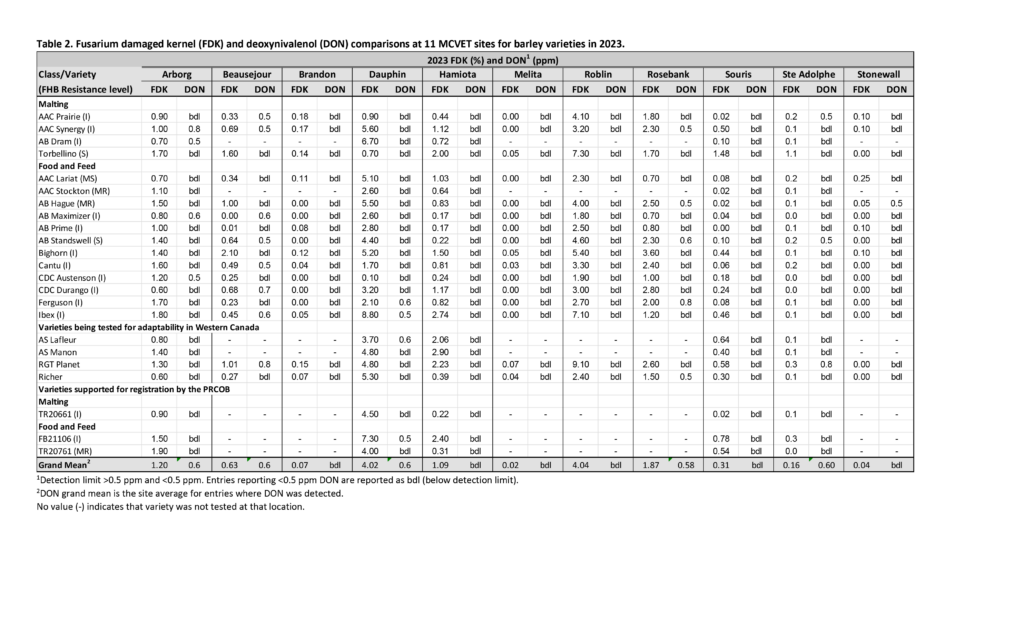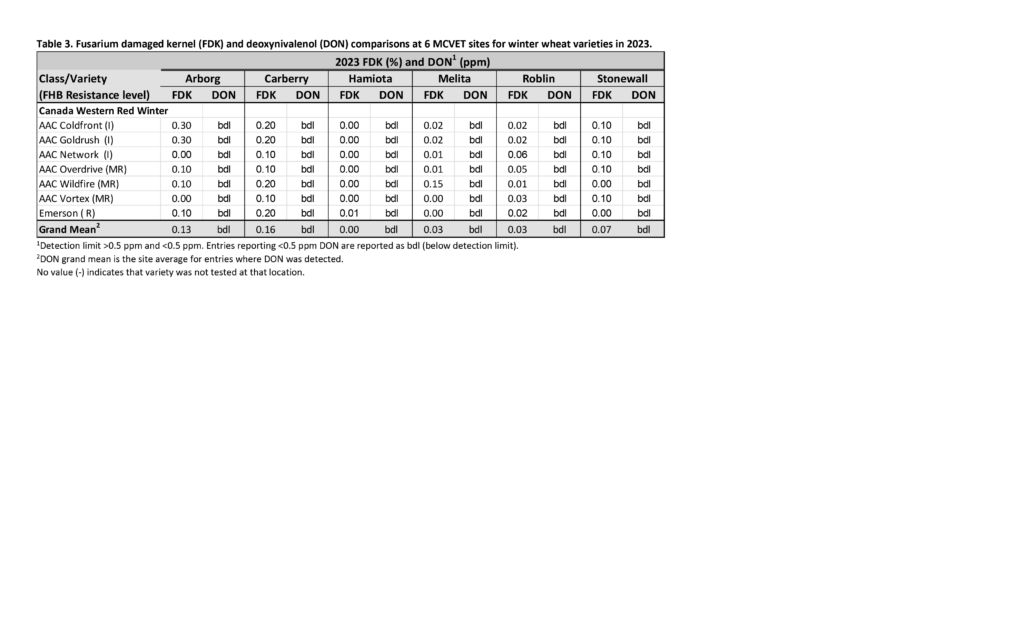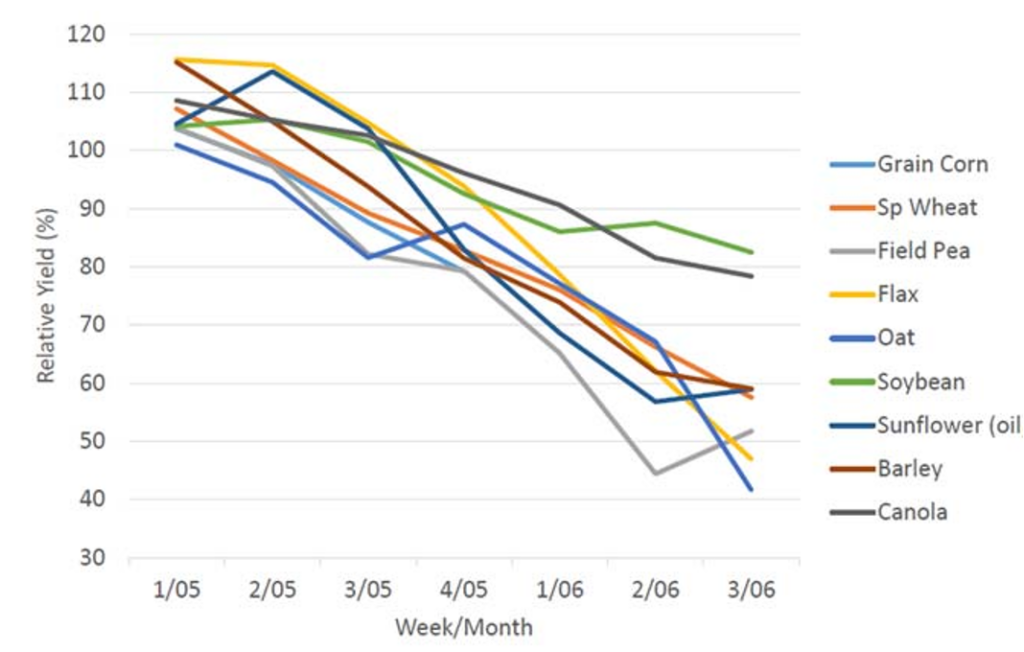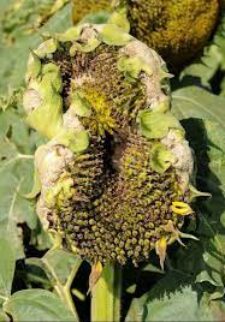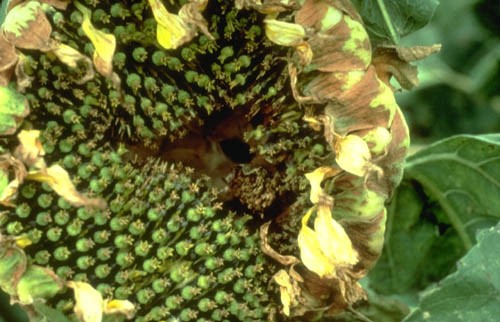Early Season Sunflower Pest Pressures
As a row crop with low plant populations, sunflower crops need to be monitored and kept pest-free throughout the growing season. Weeds compete intensely and can quickly outnumber a sunflower crop in a matter of days when uncontrolled. Insects and disease attack plants individually and affect both yield and quality of each plant.
Let’s review the importance of taking control of early season sunflower pests in order to maintain the crop’s best potential yield and quality.
WEEDS
- Pre-plant & pre-emergent herbicides – it is vitally important to give a sunflower crop a strong start and that begins with a clean “workspace”. Allowing sunflowers to germinate and emerge without competition will give the crop the ability to establish ahead of in-crop herbicide applications. There are not a lot of sunflower herbicides – both PRE & POST and herbicide groups are very limited for the crop.
- Post-emergence – weeds can out-compete and outnumber a sunflower crop quite quickly and easily. Timing of in-crop herbicide applications should be precise in order to maximize control of young and older weeds present.
INSECTS
- Cutworms – early May to mid-June
- Cutworm larvae are typically active by the time sunflowers emerge in late May. Cutworms of all larval stages will feed on seedling plants. This may involve climbing the plants and feeding on the leaves or chewing on small plant stems, often severing the stem completely and killing the young plant.
- Sunflower Bud Moth, Suleima helianthana (1st generation) – mid-May to mid-June
- Adult moth is greyish-brown with a two dark stripes on its forewings. When at rest, it looks like one stripe in the shape of a boomerang across the forewings. Sunflower bud moth can easily be confused for banded sunflower moth, but the latter have a more full, dark triangle across their forewings, when at rest.
- Adult females deposit eggs in leaf axils, developing buds or on the receptacle of mature sunflower. Larvae cause more damage in this first generation, rather than second generation. Burrowing in stalks weakens young plants and may interfere in water and nutrient movement. Yield losses may actually be realized when larvae burrow into unopened buds, though economic losses are rare. There are no economic thresholds established.
- Sunflower beetle, Zygogramma exclamationis – June
- Adult sunflower beetles emerge with sunflower seedlings in late-May to June and feed on plants. They are not usually an economic concern at this time, though there are established thresholds in both early and late crop stages:
- 1 – 2 adult beetles per seedling at two to six leaf stage
- 10 – 15 larvae per plant during later months
- Adult sunflower beetles emerge with sunflower seedlings in late-May to June and feed on plants. They are not usually an economic concern at this time, though there are established thresholds in both early and late crop stages:
- Sunflower Maggot, Strauzia longipennis (adults) – June
- Emerging in early- to mid-June, adults are active and lay eggs in stem tissue of young sunflower plants. Larvae will feed in the stem pith tissue for most of the growing season.
DISEASES
- Downy Mildew, Plasmopara halstedii – late May to July
- Under cool, water-saturated soil conditions, the spores germinate upon contact withsunflower rots, entering the seedlings’ roots and spread throughout the plant. Surviving, infected plants produce white spores on the underside of chlorotic areas on leaves.
- Infected plants do not elongate into large, “normal” sunflower plants, nor do they produce heads that contribute to yield.
- White Mold, Sclerotinia sclerotiorum – late May to physiological maturity
- AKA: Sclerotinia wilt/ Basal stalk rot
- Soil-borne sclerotia germinate to form mycelium, which may directly infect growing root tissue of the sunflower. Symptoms are not visible for several weeks when plants are observed to be wilted and weak. Infected plants can occur as individuals, in a row or in a cluster of plants.
- Sclerotinia head rot is often thought of as the most prevalent and economically important sunflower disease, but Sclerotinia wilt (white mold) is potentially the more significant and yield-robbing stage of Sclerotinia infections.
- Rust, Puccinia helianthi – late May to physiological maturity
- Sunflower rust is not the same species that occurs in other crops. The pathogen can overwinter in Northern locations, therefore early epidemics can occur, though this rarely occurs. High local inoculum and wet, warm conditions in early season are required for early-season infections.
- Infected plants show orange lesions (pycnia), with a yellow halo, on upper surfaces of leaves. Opposite these lesions, on underside of the leaves, aecia form, which look like upside down cups filled with spores. More recognizable is the cinnamon-brown uredial stage, which takes place next and is known as the more economical and quick-spreading stage of the leaf disease.
- Verticillium Wilt, Verticillium dahliae – late May to physiological maturity
- The fungus is seed- and soil-borne. The microsclerotia germinate in response to root contact. The root tips are invaded and all parts of the plant become affected. The fungus produces toxins which are translocated throughout the plant, causing the chlorotic and necrotic interveinal areas.
- Symptoms may appear at the six-leaf stage under severe conditions. Lesions begin on lower leaves and progress slowly up the plant. The vascular system may be discoloured brown, apparent as a ring around the pith in cross-section.




